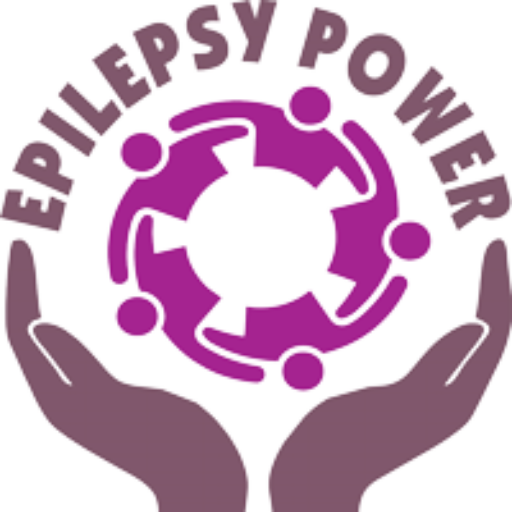- Introduction
- Section 1: Seizures and triggering factors
- Section 2: Physical effects
- Section 3: Cognitive effects
- Individual assessment tool
- Concluding remarks
- Quiz
Total Participants: 2
Introduction
Epilepsy has various implications depending on the type, frequency, and specific triggers of seizures. You should be aware of and prepared to address the unique challenges of epilepsy that you may encounter during working hours, depending on the type of disorder you have.
Physical effects of seizures or antiseizure medications can impair your ability to work normally and some tonic/atonic/tonic-clonic seizures, can lead to injury. It’s important to be familiar with your work environment, and ensure those around you know how to help in case of a seizure to prevent serious injuries like brain trauma. The most important thing to remember is to place something soft under your head, to protect it. When assisting you, people should avoid putting anything in your mouth and should not try to restrain your movements.
Before a seizure, you may experience physical symptoms known as an aura, which can include paraesthesia, visual disturbances, auditory illusions, hallucinations, and olfactory sensations. During this time, it is important to remain calm, alert someone nearby about the impending seizure, and move to a safe area away from potential hazards.
You might experience other types of seizures, that involve only abnormal movements, such as myoclonic movements, or abnormal sensation during focal seizures. Additionally, you could experience head drops or falls due to tonic/tonic-clonic/atonic seizures. Those around you should try to provide reassurance and to keep you away from dangers.
In the postictal period you can feel pain in muscles and fatigue. In this instance, you might need to take a pause before starting work again.
Some medications may cause side effects such as balance problems. It is important to be aware of these symptoms and promptly inform your neurologist if they occur, to help mitigate any problems in the workplace.
Certain types of epilepsy are linked to motor impairment and degeneration. In such cases, it is advisable for individuals to avoid jobs that require significant physical effort or specialized skills. However, you can effectively work from home using assistive technologies which allow you to perform tasks without any issues.
In this module our goal is to offer you some tips to ameliorate the management of physical symptoms and the side effects of drugs.
Methods
We will provide information regarding different types of seizures and symptoms linked to these seizures. At the end of sections 2 and 3, there will be a short questionnaire to assess your symptoms.
Provided Materials
You can watch these videos to learn more about focal seizures:
www.youtube.com/watch?v=L9kR-AMgmWM
Tonic-clonic seizures:
https://www.youtube.com/watch?v=7N74EFyEhUA
Myoclonic seizures:
https://www.youtube.com/watch?v=unVInJp1ZqE
Atonic seizures:
https://www.youtube.com/watch?v=oXE3HtR6B3I
Tonic seizures:
https://www.youtube.com/watch?v=soe05MfrPlo
